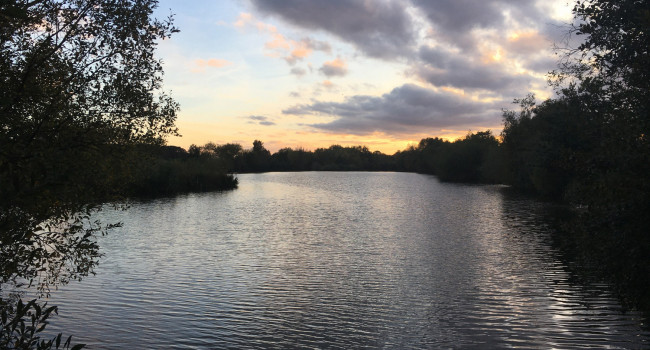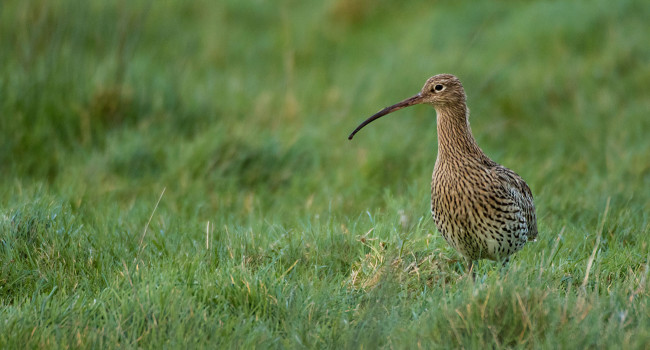Characteristics determining host suitability for a generalist parasite.

Author(s): Stokke B.G., Ratikainen I.I., Moksnes A., Schulze-Hagen K., Leech D.I., Møller A.P., Fossøy F.
Published: April 2018
Journal: Scientific Reports
Digital Identifier No. (DOI): 10.1038/s41598-018-24627-1
The Cuckoo is a generalist avian brood parasite, known to have utilized at least 125 different bird species as a host within Europe. Despite this, individual female Cuckoos are thought to be host-specific, preferentially laying their eggs in one – or a few – host nests. This has led to individual female Cuckoos being classified into host races, termed ‘gentes’, some 20 of which have been described within Europe. Given the large number of songbird species breeding in Europe, and the relatively few female Cuckoo gentes, it raises the question of what makes a good host.
By examining data from three different sources, including nest record data from the BTO, Bård Stokke and colleagues sought to establish which characteristics determined the suitability of a songbird species as a potential Cuckoo host. Some of the characteristics they investigated included nest placement, chick diet, habitat, abundance and the timing of the breeding period. The results of analysing two independent data sets, one from the UK and one from Germany, produced similar results.
The analyses revealed that species breeding in forest and rocky areas were used less than species breeding in other habitats; that those feeding their nestlings with plant material were used less often than those feeding their nestlings with invertebrates (though not significantly so in the UK) and that hosts tended to be of intermediate body size and have larger populations. The analyses also showed that, perhaps unsurprisingly, species nesting in cavities are used less frequently than those nesting elsewhere. Nest height, nest depth and overlap in the breeding period did not appear to affect parasitism in any of the data sets examined.
Through the work the researchers were able to calculate a ‘host suitability index’ for each of the European species in the study. Interestingly, there was no evidence of a clear separation between suitable and unsuitable host species’ instead, there appeared to be a continuum from low to high suitability. However, all of the species with a recognized corresponding Cuckoo gens are ranked towards the high suitability end of the continuum. The host suitability index could indicate species that might become the focus of Cuckoo nest parasitism in future if, for example, the host population increases because of climate- or habitat- change.







Share this page